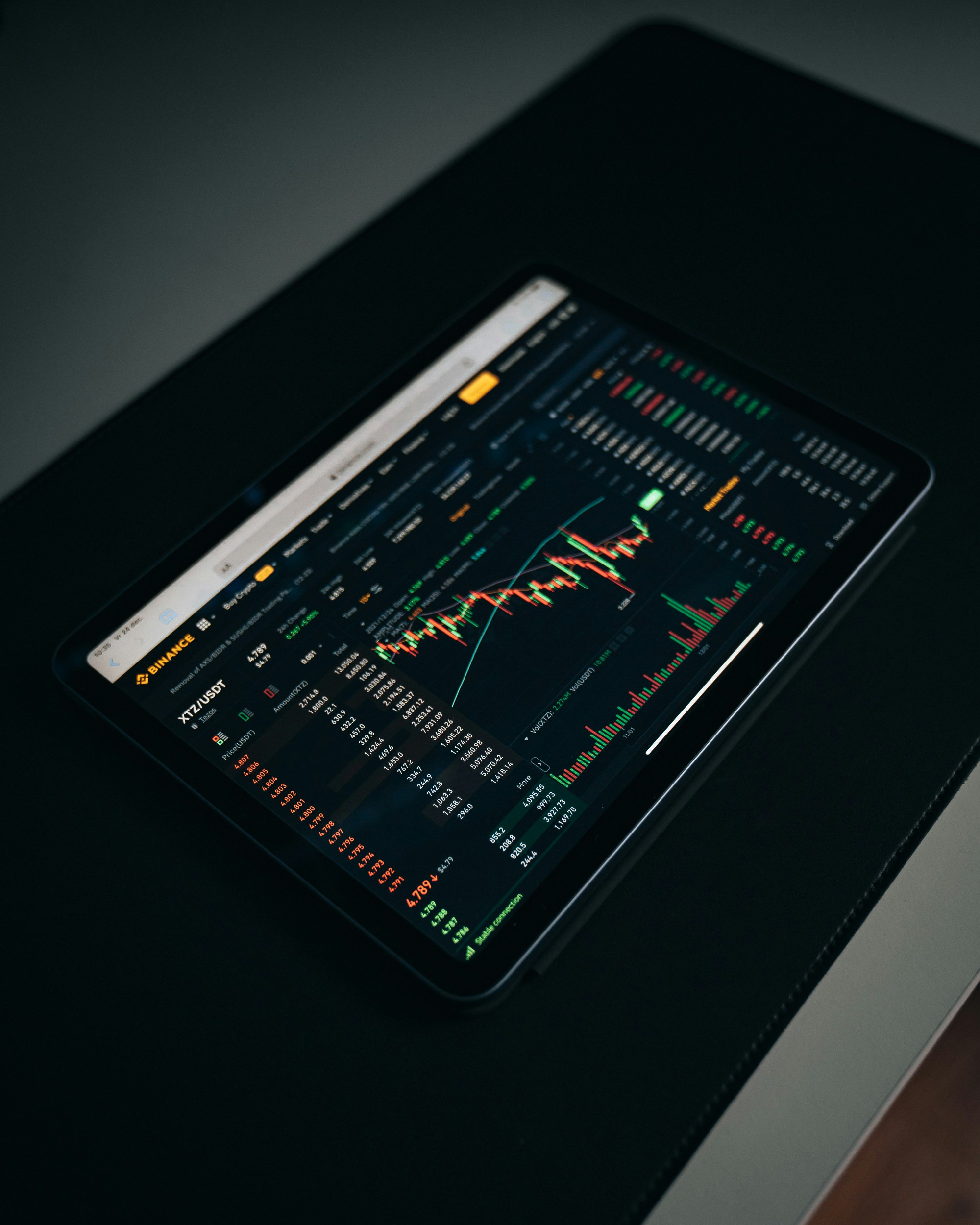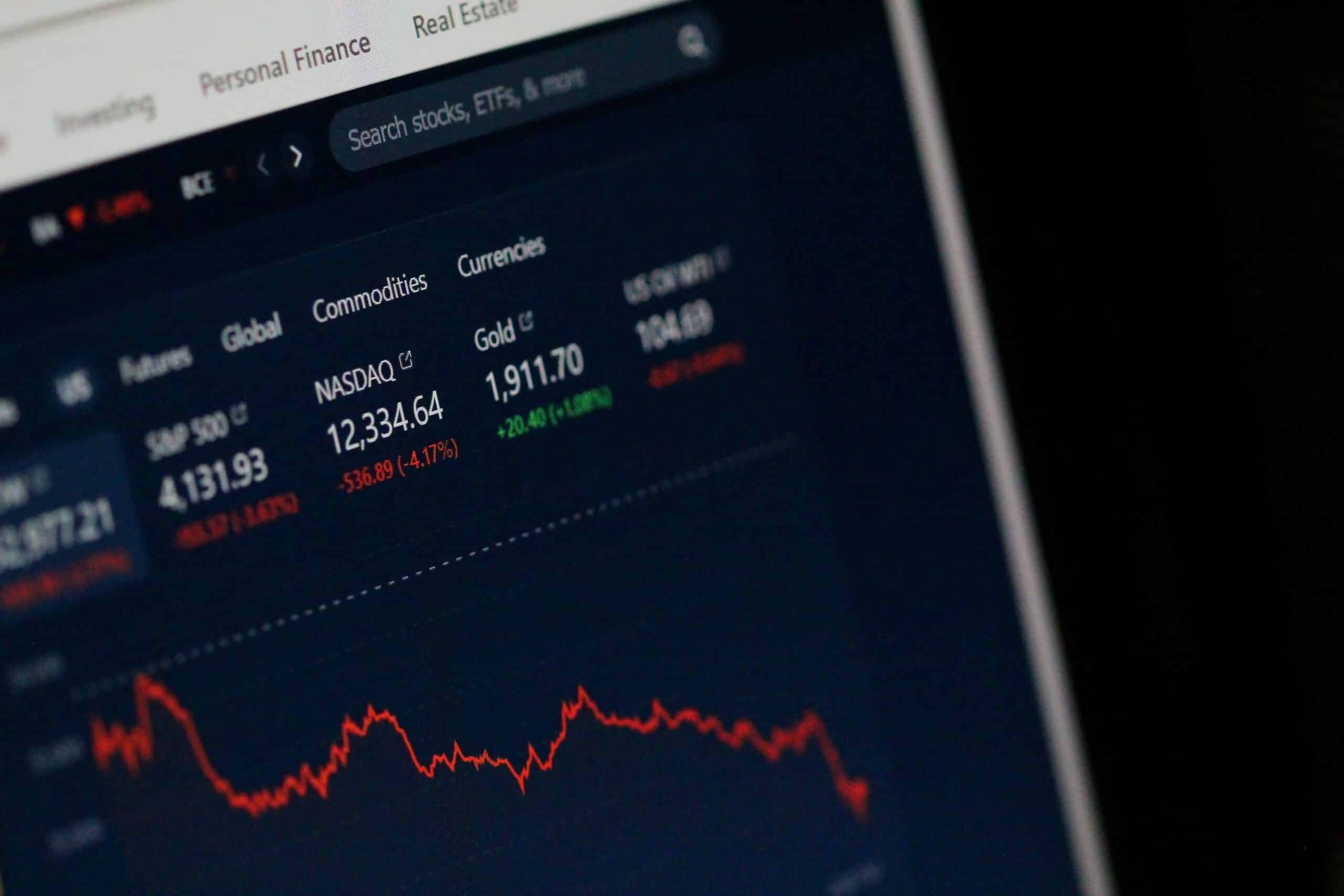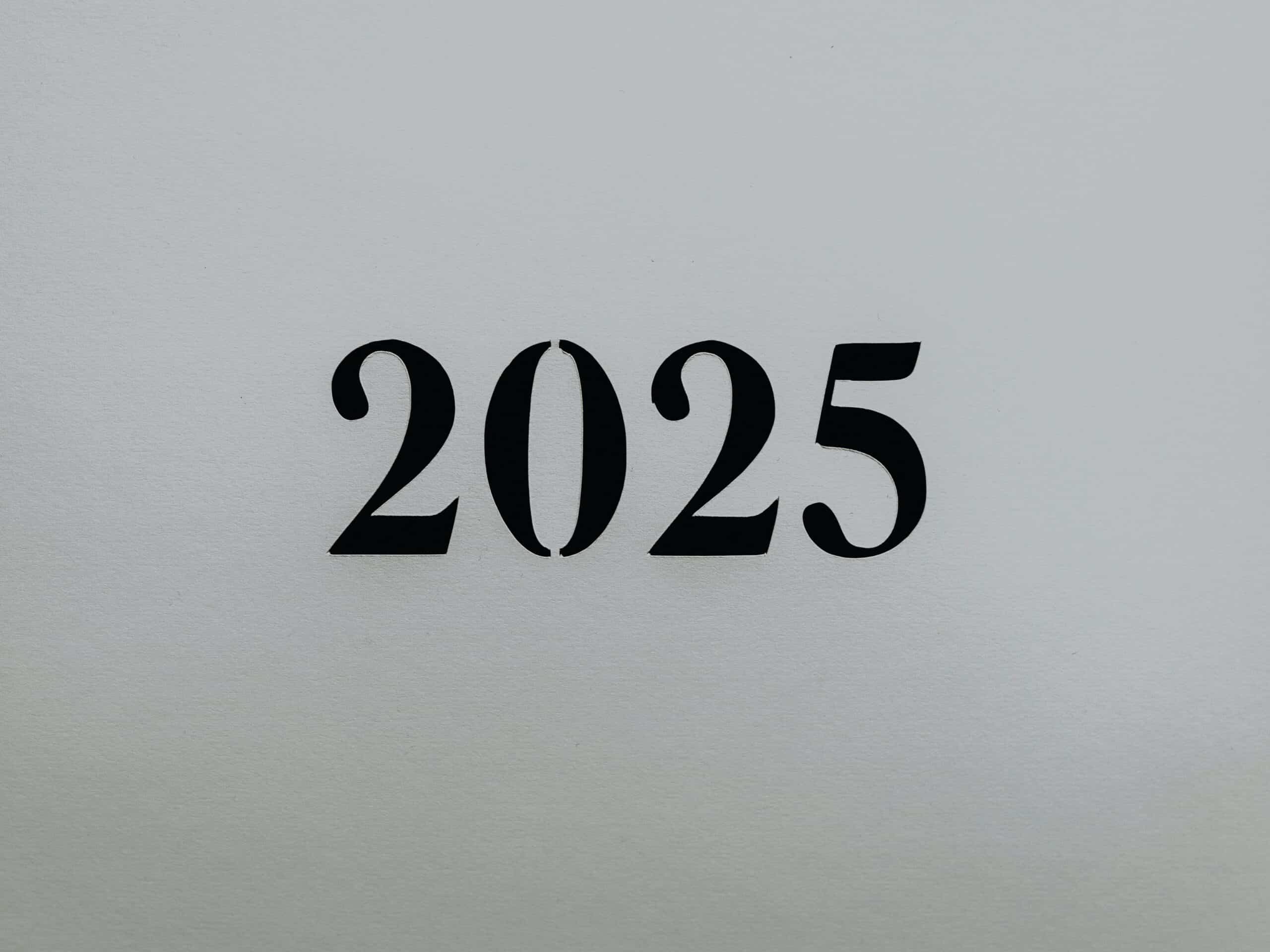Traders and investors who want to secure their share of global and local stock markets have various tools at their disposal to research companies, understand market conditions and identify opportunities to earn a return.
Within this toolset, a technical analysis is a valuable way to assess stocks to inform investment decisions and trading positions because it provides insights into market trends, price patterns, and potential future price movements based on historical or real-time data.
Leveraging chart patterns
One popular and useful technical analysis tool is a chart pattern, which is a visual representations of price movements.
These patterns can offer valuable insights into potential future price directions, helping DIY investors assess market trends and make considered investment decisions.
There are different chart patterns that emerge from market data. The more common variants include:
- Trendlines: Upward and downward sloping lines that indicate the direction of a price trend.
- Head and shoulders: A reversal pattern that can signal a change in trend.
- Triangles: Consolidation patterns that can indicate a potential breakout or breakdown.
- Flags and Pennants: Continuation patterns that suggest a continuation of the existing trend.
Identifying bullish reversals
The inverse head and shoulders pattern is a popular technical chart pattern that can provide valuable insights into potential stock price reversals, which is particularly helpful for identifying potential bullish reversals in downtrends. In contrast, a conventional head and shoulders pattern signals a potential bearish reversal.
Investopedia describes an inverse head and shoulders pattern as “a major reversal signal that forms at the end of a downtrend” in a stock or asset price.
This pattern is characterised by a series of three peaks that resemble an inverted head and shoulders, hence the name. The major components of an inverse head and shoulders pattern include:
- Left shoulder: The first trough (upside-down peak) in the pattern, typically lower than the subsequent troughs.
- Head: The lowest trough in the pattern.
- Right shoulder: The second trough, usually lower than the head but higher than the left shoulder.
- Neckline: A line connecting the lows of the left shoulder, head and right shoulder.
- Breakout point: When the price breaks above the neckline.
The formation of an inverse head and shoulders pattern suggests that a downward, or bearish price trend may be bottoming out.

Trading the pattern
The breakout point is what traders should look for. A clear break above the neckline suggests that a new uptrend could start forming, known as a bullish reversal.
When attempting to identify and trade the inverse head and shoulders pattern, it is critical to understand and identify the different stages:
Stage 1: Left shoulder formation. The market trends downward, creating the left shoulder.
Stage 2: First pullback. A temporary rally brings the price back to the neckline.
Stage 3: Head formation. Another dip in price creates a new low to form the head.
Stage 4: Second pullback. Another rally lifts the price to the neckline again.
Stage 5: Right shoulder formation. A final decline creates the right shoulder, which forms a low above the head.
Stage 6: Third rally. The price rallies back up, testing the neckline again.
Traders can use the distance from the neckline to the head as a potential price target for the subsequent uptrend in the third and final price rally.
Known as the measured move technique, traders measure the vertical distance from the head to the neckline and project this distance upward from the breakout point. This point provides the target selling point. Traders can also take profits on any point below this point to lock in gains.
Conducive conditions
Inverse head and shoulders chart patterns typically play out in market conditions characterised by a decline in an individual stock price or a sector-specific dip.
As the selloff runs its course, the market momentum driving the downtrend starts to fizzle out. As more traders and investors start buying the dip, this market activity starts driving a reversal in price direction.
As the reversal gathers momentum on the back of increased volumes, the signal can strengthen, shifting bearish sentiment into a bullish reversal to achieve the breakout point of the pattern. This final phase is required to complete the inverse head and shoulders pattern.
Risk management considerations
It is important to remember that while these conditions are common, they are not always guaranteed.
Other factors can also influence the formation and effectiveness of this pattern, such as economic indicators, company news, or broader market trends. For these reasons, it is beneficial to reference other technical indicators or conduct a fundamental analysis to confirm the reversal trend.
Sometimes, a price may break above the neckline but fail to sustain the uptrend, resulting in a false breakout. In this instance, it is important to watch for follow-through, which is a continuation of the original trend.
For example, if a price breaks out of a downward trend but then reverses back down, the follow-through would likely emerge as a continuation of the downtrend. Traders can confirm a false breakout by identifying a reversal in price and a decrease in volume.
However, this also offers traders an opportunity for returns by shorting the stock after a failed breakout, or going long after a failed downward breakout.
Having a stop-loss order in place below the right shoulder can help to limit potential losses on the downside should the false breakout keeping running.














